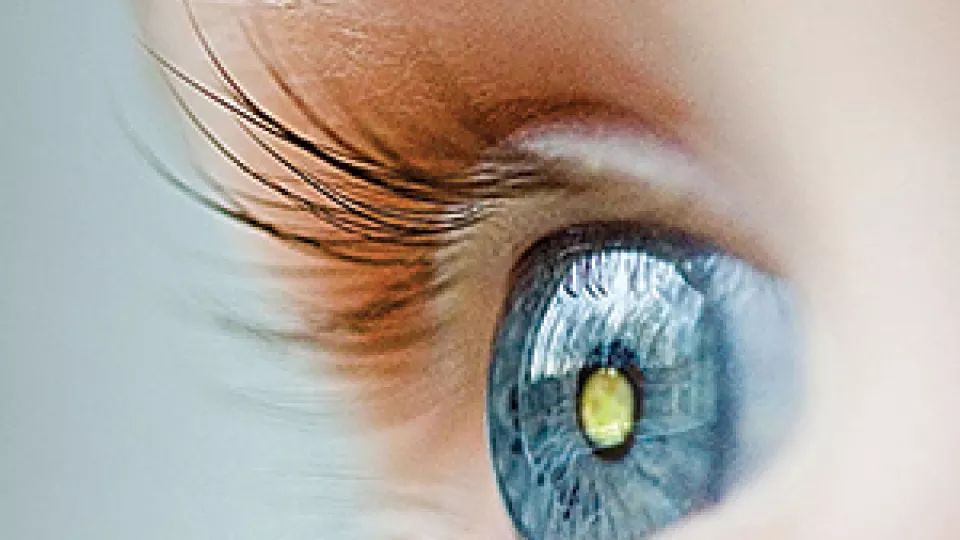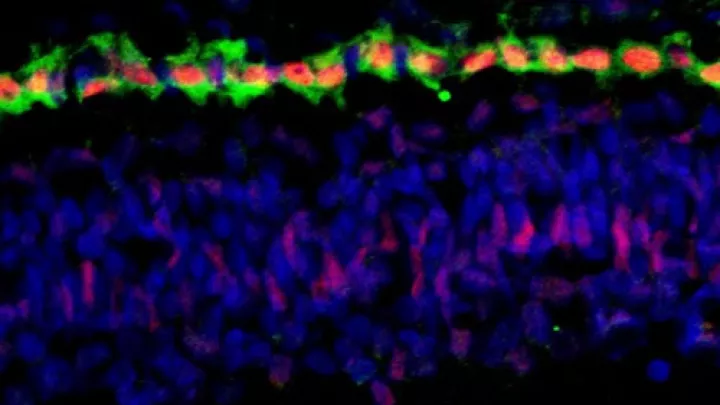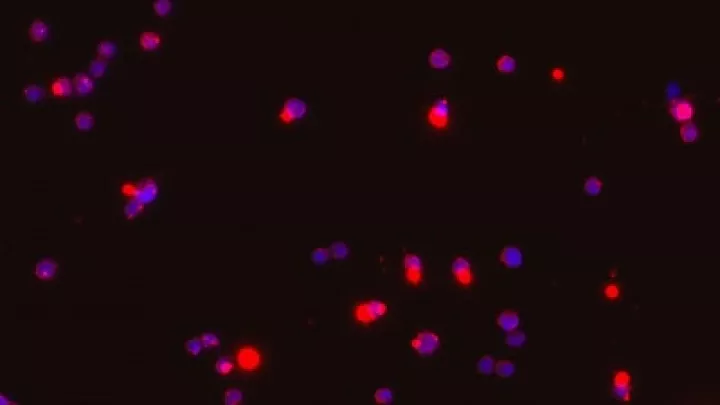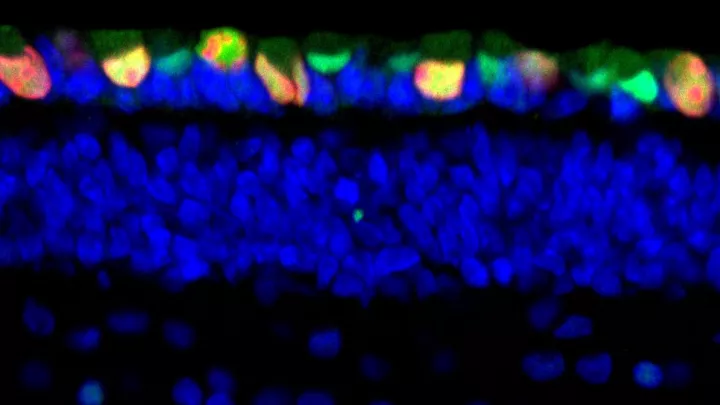
RB or Not RB
Retinoblastoma (or RB) is a childhood retinal tumor usually affecting children 1 to 2 years of age. Although rare, it is the most common malignant tumor of the eye in children.
A common sign of this cancer is a white glow or glint in the pupil of one or both eyes. Parents may first notice the condition when looking at their child in a photograph. The child’s pupil does not have the normal red appearance that a flash photo creates. Instead, the pupil is white.
Left untreated, retinoblastoma can be fatal or result in blindness. It also plays a special role in explaining cancer; retinoblastomas have been found to grow in response to the mutation of a single gene, the RB1 gene, demonstrating that some cells are only a step away from developing into a life-threatening malignancy.
David E. Cobrinik, MD, PhD, of The Vision Center at Children’s Hospital Los Angeles, together with colleagues at Memorial Sloan-Kettering Cancer Center in New York City, has answered the longstanding question of why mutations to the RB1 gene primarily cause tumors of the retina and not other cell types. His study could reveal new cellular signaling pathways relevant to retinal development, cancer development and, ultimately, the discovery of novel therapies.
“Finding the single genetic change that causes these retinal tumors in young children advances our understanding of cancer, not only because it solves the RB riddle, but because the discovery more generally implies that cancers can develop through the collaboration between a cancer-causing mutation—in this case, inactivation of the RB1 gene—and cell type-specific circuitry,” says Cobrinik, who is also an investigator with The Saban Research Institute of CHLA and associate professor of Ophthalmology at the USC Eye Institute in the Keck School of Medicine of the University of Southern California.
Researchers at CHLA were also among the first to isolate and clone the RB1 gene. The Vision Center at CHLA, one of the largest clinical programs in the U.S. for the treatment of retinoblastoma, was among the first sites in the nation to offer gene testing for all retinoblastoma patients and the first to offer a prenatal diagnosis for the disease.
In June 2014, a team of CHLA physicians and scientists announced development of a retinoblastoma next-generation (RB1 NextGen) sequencing panel. The hospital became the first to offer this whole-gene sequencing to patients and family members who may also have inherited the gene mutation, placing them at high risk.


